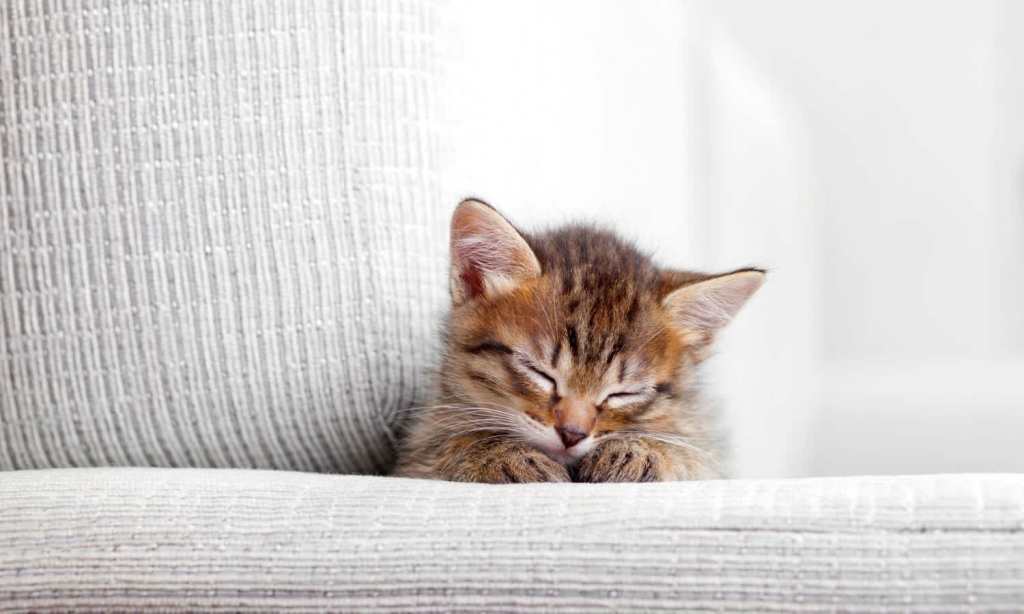Taking a nap during the day can pose a risk. Will you wake up feeling refreshed, or as often happens, will you wake up feeling completely groggy and unsure about what year it is? While it can be tricky, there’s actually a good case to be made for the midday nap — especially when working from home.
In fact, a recent survey of 2,000 people out of the United States found that 33% of them were napping daily, thanks to the increased flexibility of working remotely, while another piece of research found 25% of British people were doing the same.
According to The Guardian, until the electric lightbulb was invented, humans were biphasic, which means they slept over two sessions during a 24-hour period — one in the day and one at night. These days we’re considered monophasic, which means we sleep in one big chunk at nighttime. Instead of hitting the hay for a quick power nap during the day, as our ancestors did, we push through and rely on stimulants like coffee to keep us going.
“When people get this dip in the middle of the day, your body temperature decreases and your cognitive processes are not as strong. It’s usually when people get a coffee, but it used to be when you would take a nap,” associate professor of psychology at the University of California, Riverside, Dr Sara Mednick, told The Guardian. “We still have that rhythm inside us that would benefit from a short nap but we don’t live in a world where people feel at liberty to do that — until now.”
Taking a quick nap in the early afternoon not only helps to reduce sleepiness but, according to the Sleep Foundation, also improves learning, aids in memory formation, increases alertness and helps you regulate your emotions more effectively. Napping has also been shown to improve performance, including quicker reaction time, which in turn, increases your productivity and efficiency.
In order to reap these benefits (and not stray into groggy territory), there are a few nap dos and don’ts to follow. Mayo Clinic recommends napping for 10 to 20 minutes, keeping in mind that the longer you sleep for, the groggier you’re going to feel afterwards so keep it short and snappy. When it comes to the time of your nap, aim for somewhere between 1pm to 3pm, as anything later than this will potentially interfere with your sleep at night. If you’re already struggling to sleep at night, it’s best to avoid napping altogether.
The Guardian also recommends sitting slightly upright or on top of the bed covers when taking a short nap, as this should prevent you from entering a deeper state of sleep. Don’t stress if you can’t actually fall asleep, simply lying with your eyes closed is enough to rest your body. And, most importantly, don’t forget to set an alarm, as you don’t want to snooze past your lunch break.
Despite research showing that napping can actually increase your productivity, it still hasn’t entered the mainstream just yet. Tech giants like Facebook and Google have jumped on the trend by installing sleep pods in its offices but in most other workplaces, the concept of napping is frowned upon.
“Partly it’s the whole ‘time is money’ thing, and revving, revving, revving – the idea that a highly caffeinated society is a working society,” said Mednick. “That’s a very western tradition; the eastern tradition may actually be more holistic.”
If you’re still spending a few days per week working from home, try using some of your lunch break for a power nap and see how refreshed you feel after and whether it increases your performance in the afternoon. Happy napping!
Read more stories from The Latch and follow us on Facebook.

